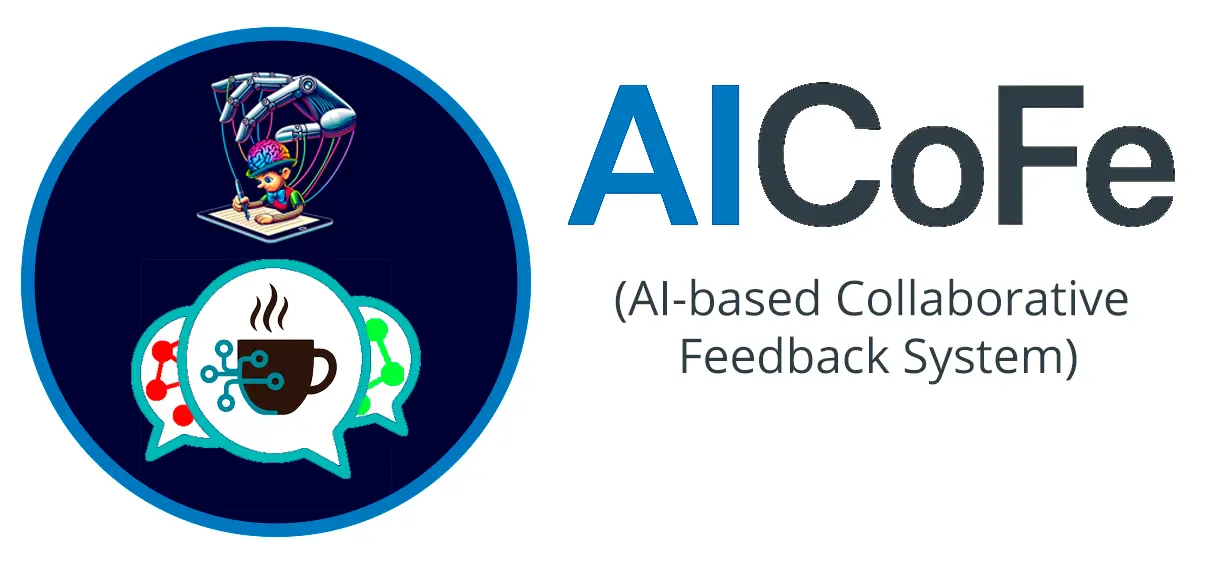
AlCoFe
an acronym for AI-based Collaborative Feedback system) is a system that combines peer assessment with generative AI to provide students with personalized, actionable feedback on any skill that can be evaluated using a rubric.
Year: 2025
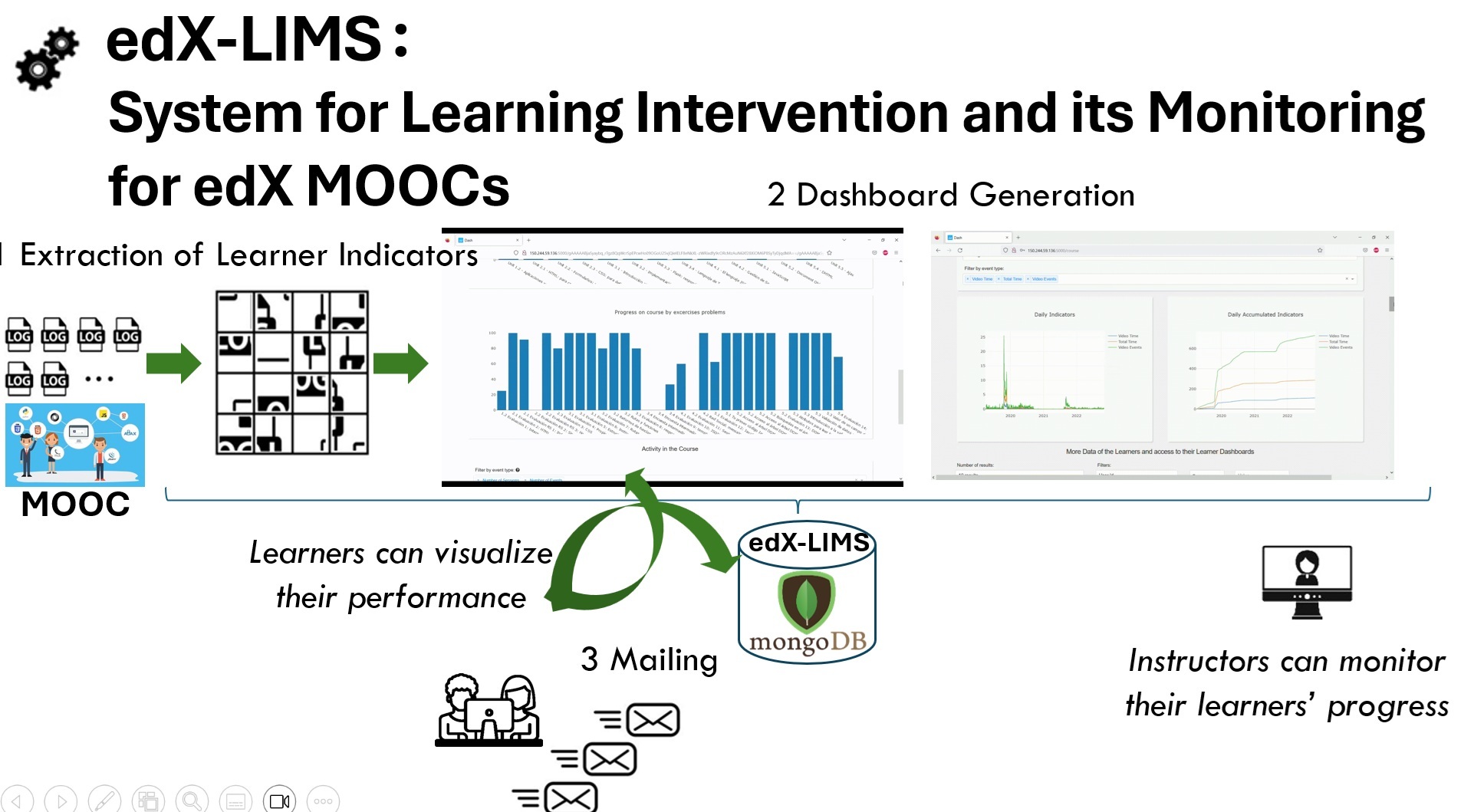
edX-LIMS
edX-LIMS is the acronym of System for Learning Interventions and Its Monitoring for edX MOOCs. It is a Learning Analytics tool that implements descriptive, predictive, and prescriptive analytics.
Year: 2025
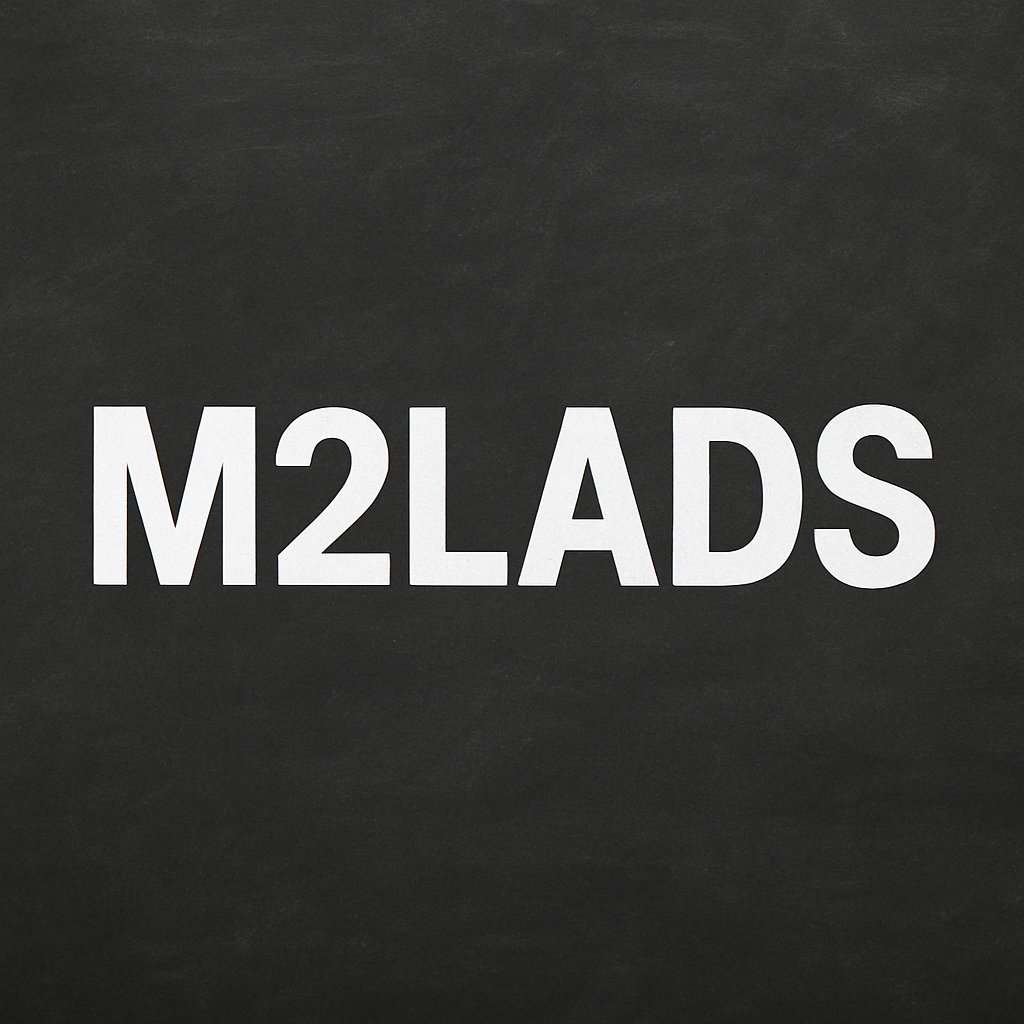
M2LADS
M2LADS (short for Multimodal Learning Analytics Dashboards System) is a web-based system designed to integrate, synchronize, visualize, and analyze multimodal data recorded during computer-based learning sessions with biosensors.
Year: 2025
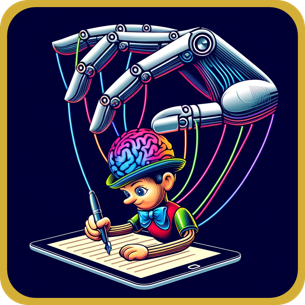
GePeTo
GePeTo (an acronym for “Generative AI-based Personalized Guidance Tool”). GePeTo is a generative AI-based tool that delivers personalized feedback to MOOC learners, enhancing their engagement and reducing dropout rates.
Year: 2024
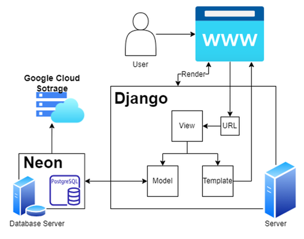
TACEM
(Tool for the Automatic Creation of Empathy Maps) is a tool for automatically generating an initial version of an Empathy Map that can help speed up the capture of explicit knowledge, and then it can be further worked on by the development team. The tool creates the Empathy Map from an audio interview, featuring audio transcription technology and natural language processing.
Year: 2023

CAULDRON
CAULDROn (interaCtive evAlUation tooL for aDvanced caRd sOrting aNalysis ) is a supporting tool based on the Card Sorting method. The tool implements predictive analysis of results through advanced statistics and machine learning techniques, providing comprehensive reports that enable evaluators and UX researchers to obtain high-level knowledge and important quantitative clues to enhance decision-making.
Year: 2021
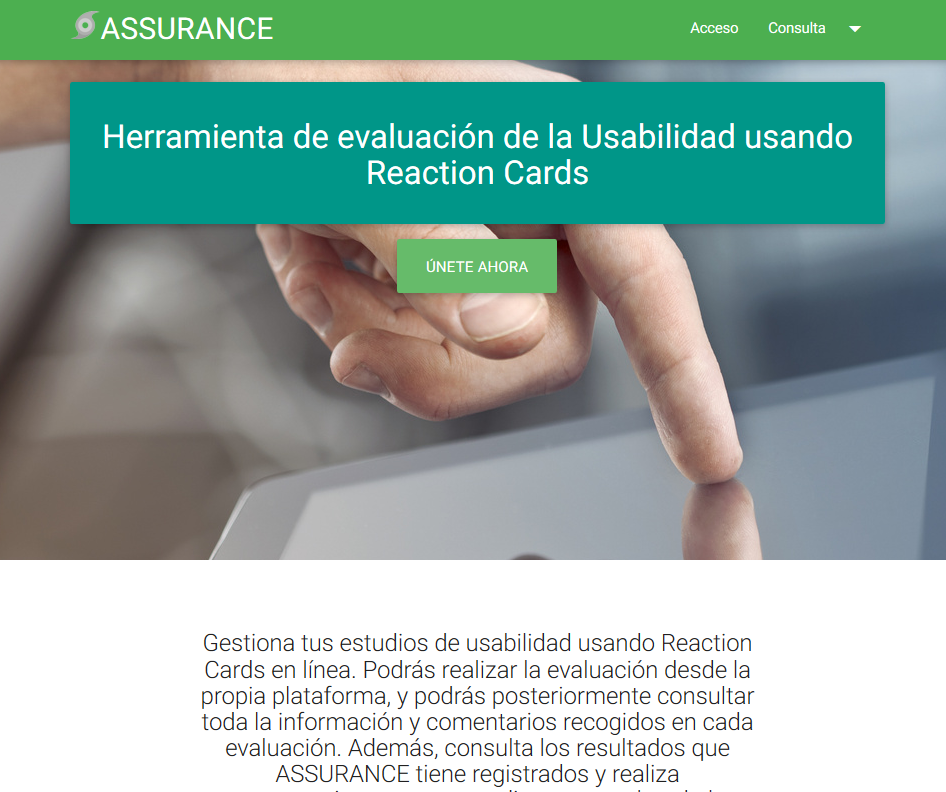
ASSURANCE
ASSURANCE (usAbility aSsessment SUpported by ReActioN-Cards Evaluations) makes use of a developed quantitative metric to achieve comparative evaluations of usability perception based on Reaction Cards, a popular method for obtaining the user's subjective satisfaction in UX assessments. The metric was developed through an empirical study. Additionally, it has been validated with usability experts. Besides, we provide this supporting tool based on the developed metric, featuring a framework to store historical evaluations in order to obtain charts and benchmark levels for comparing perceived usability from different artifacts such as software products, applications categories, services, mockups, prototypes and so on.
Year: 2019
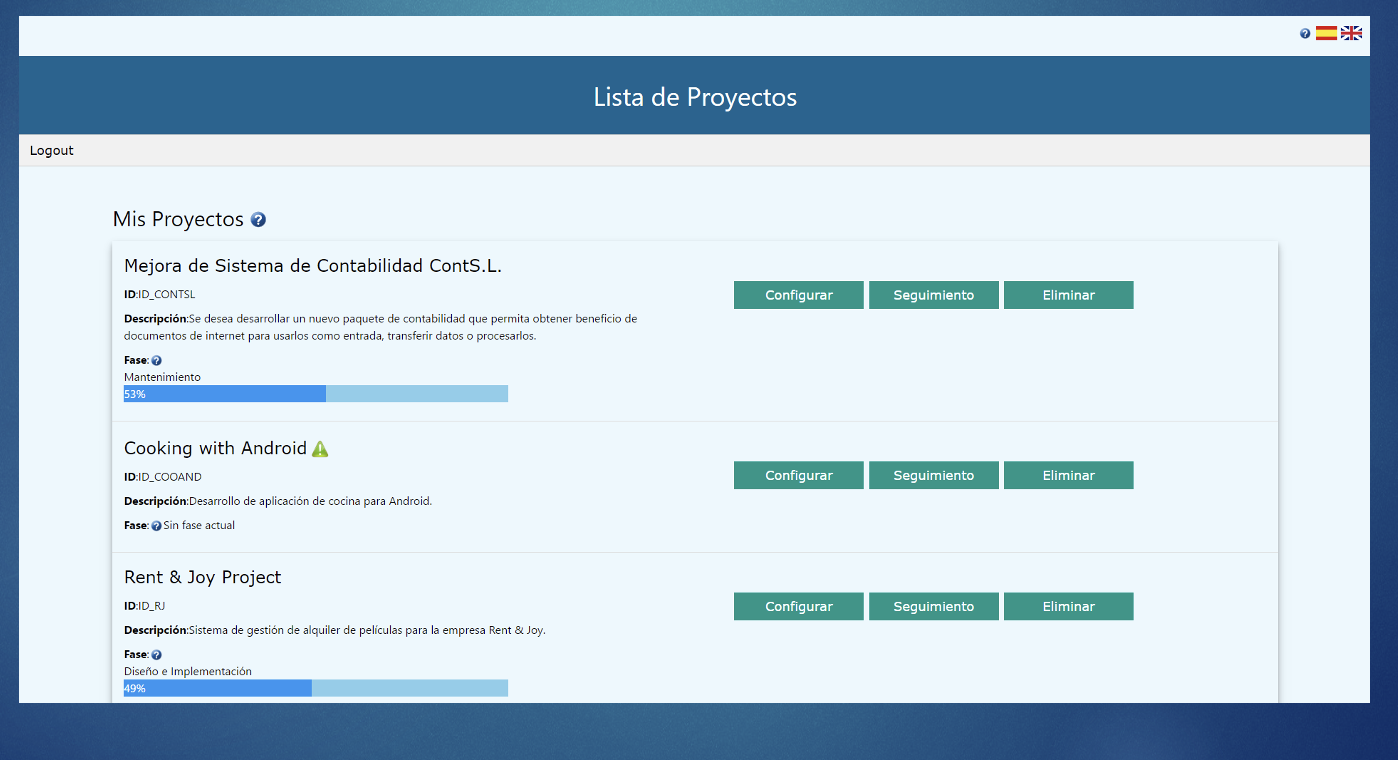
STRUM
STRUM (Scheduling Tool for Recommending Usability Methods) is a tools to automatically recommend 43 usability methods depending on the project's stage and constraints. Our approach deals with uncertainty to recommend usability methods regardless of the completeness of the information available, which makes it suitable for enhancing initial scheduling. Besides, a supporting tool intended to schedule and guide on usability methods is presented in order to systematize the recommendation mechanism.
Year: 2018
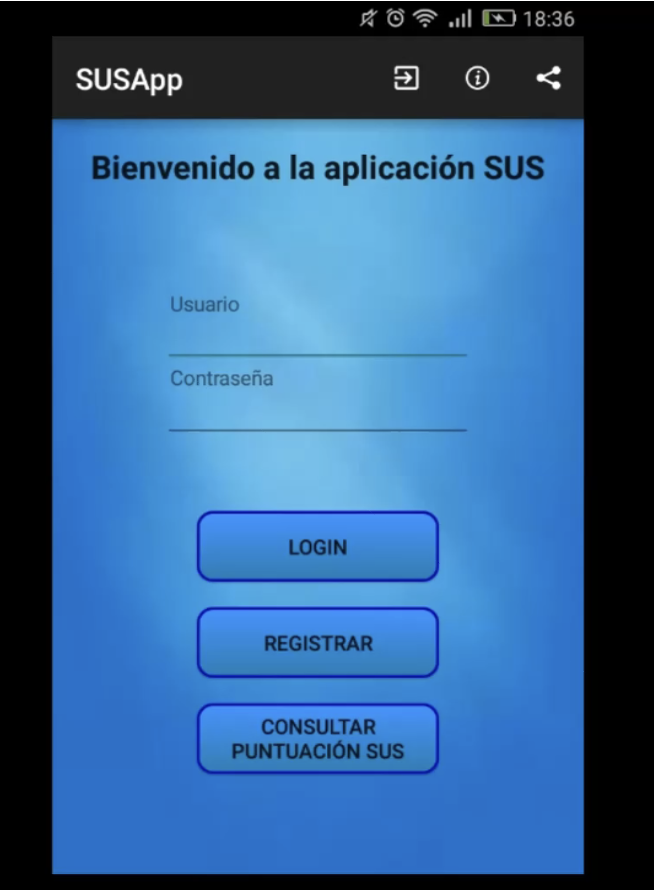
SUSApp
SUSApp is a tool conceived for the analysis of usability through the SUS (System Usability Scale) questionnaire, which is one of the most popular ones. This tool was conceived for mobile platforms, and it is intended to easily analyze usability by storing and recovering past evaluations, and allowing to statistically compare usability measurements among different software products and applications categories.
Year: 2016
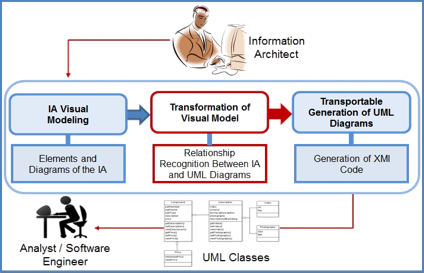
InterArch
InterArch is a CASE tool which aims at bridging the gap between the conceptual definitions of contents in a web application and the UML analysis and design elements required by Software Engineers to carry out project-based activities during the rest of the development process. To carry out this task, InterArch enables the Information Architect to model web content by means of an environment highlighting an authoring visual language. Such model is then automatically translated into a textual UML representation, called XMI, to be further used by analysts and software engineers.
Year: 2011
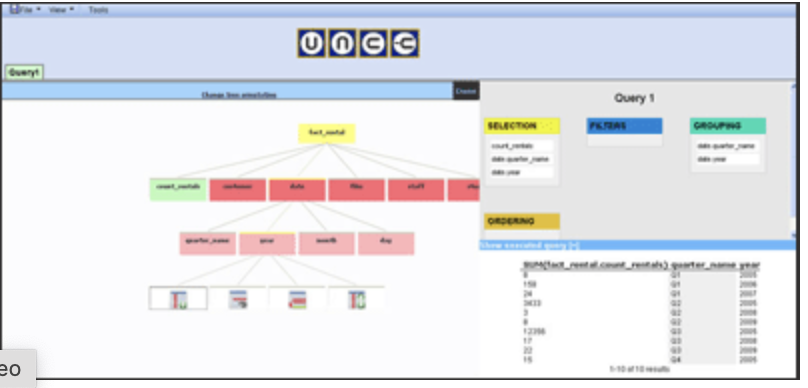
VISQUE
VISQUE (VIsual Star-schema Query by Example) is based on the End-User Development paradigm, and it proposes the creation of queries focused on Data Warehouse, allowing non-experts database users to build queries in a visual way and with lower expressive limitations. To do so, we propose a visual language including different visualization techniques, enabling end-users to build complex queries that include set operations and sub-queries, which are issues not usually covered by related tools.
Year: 2009